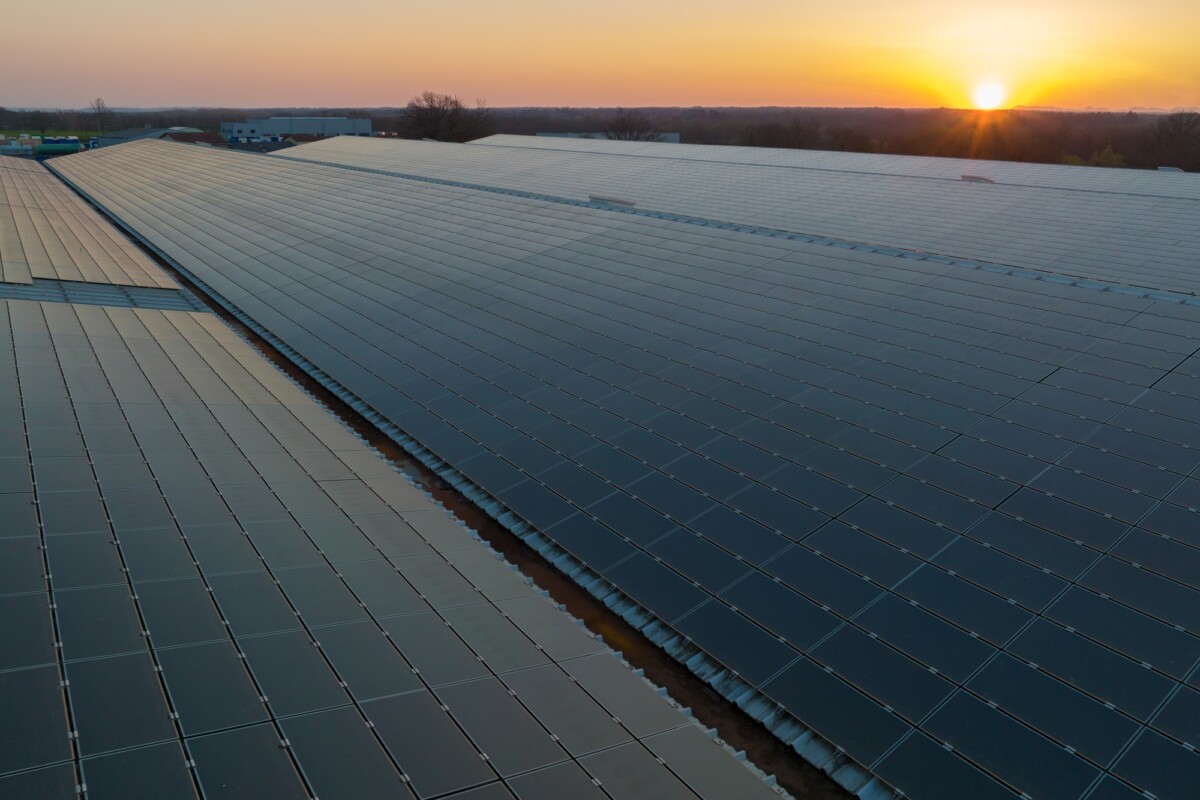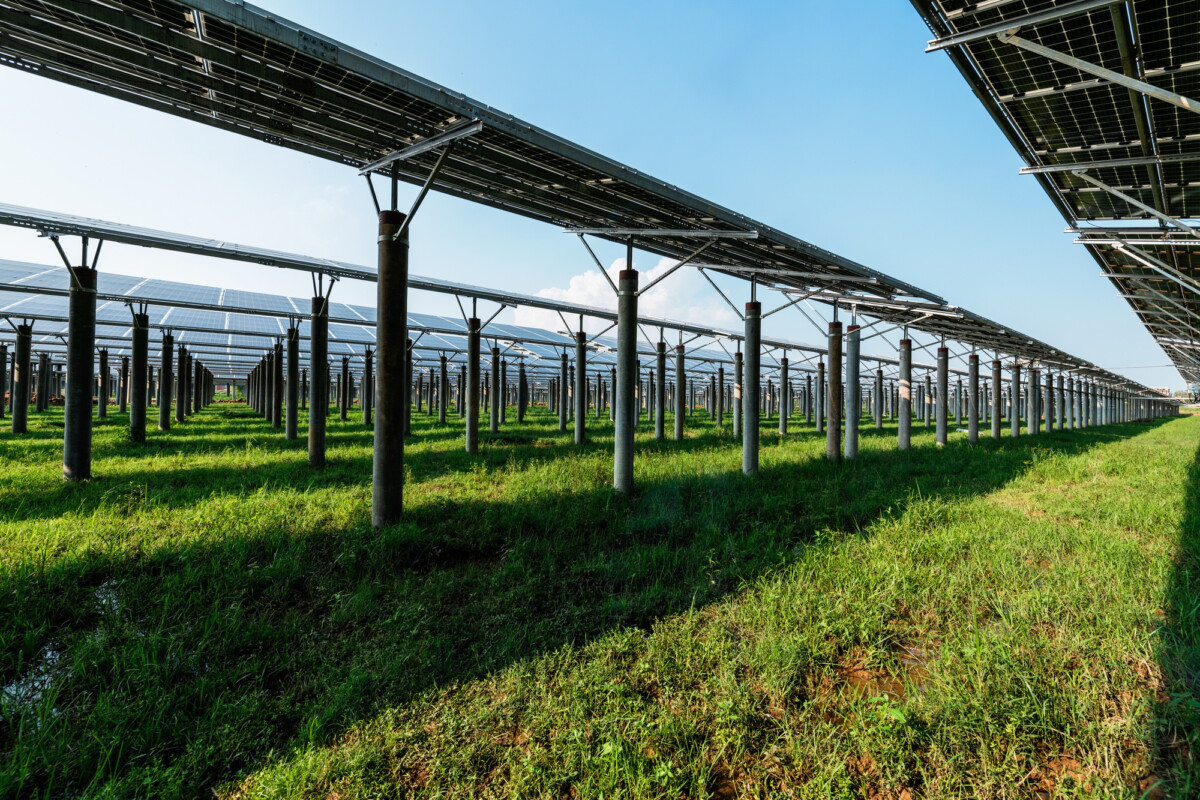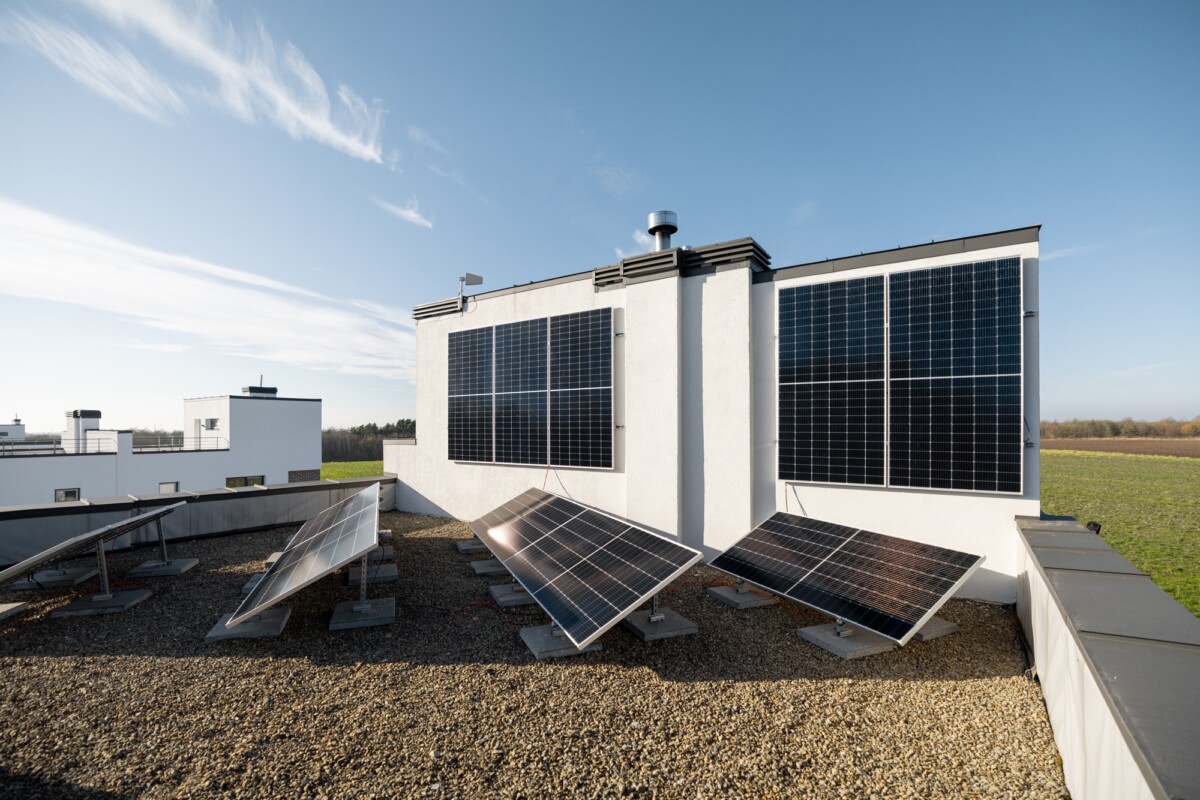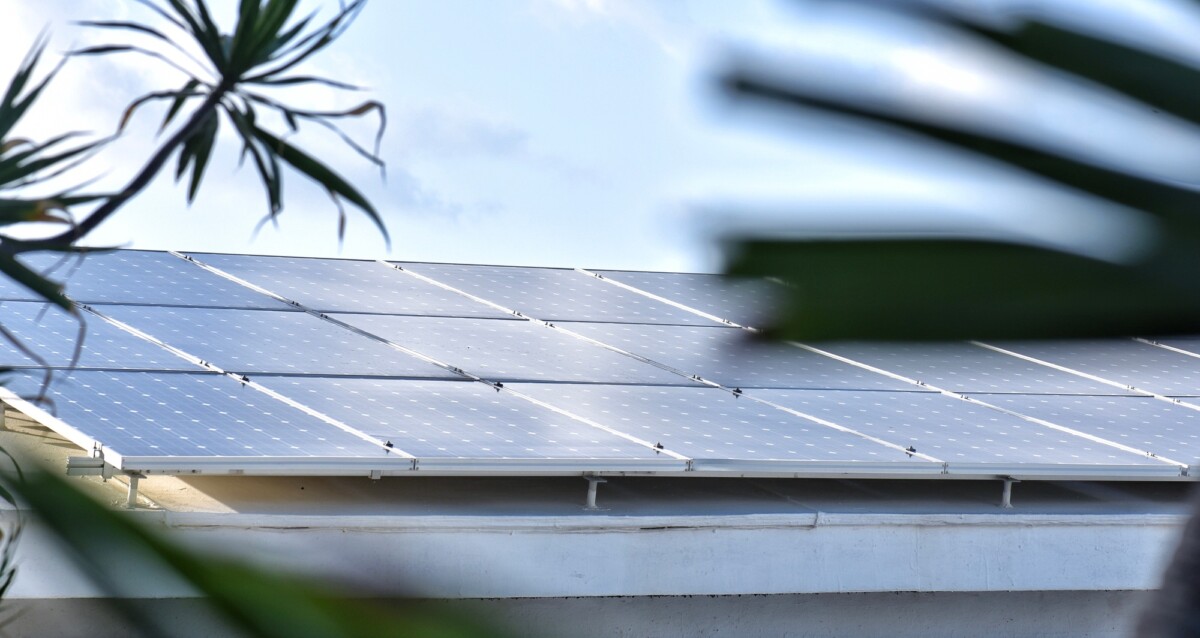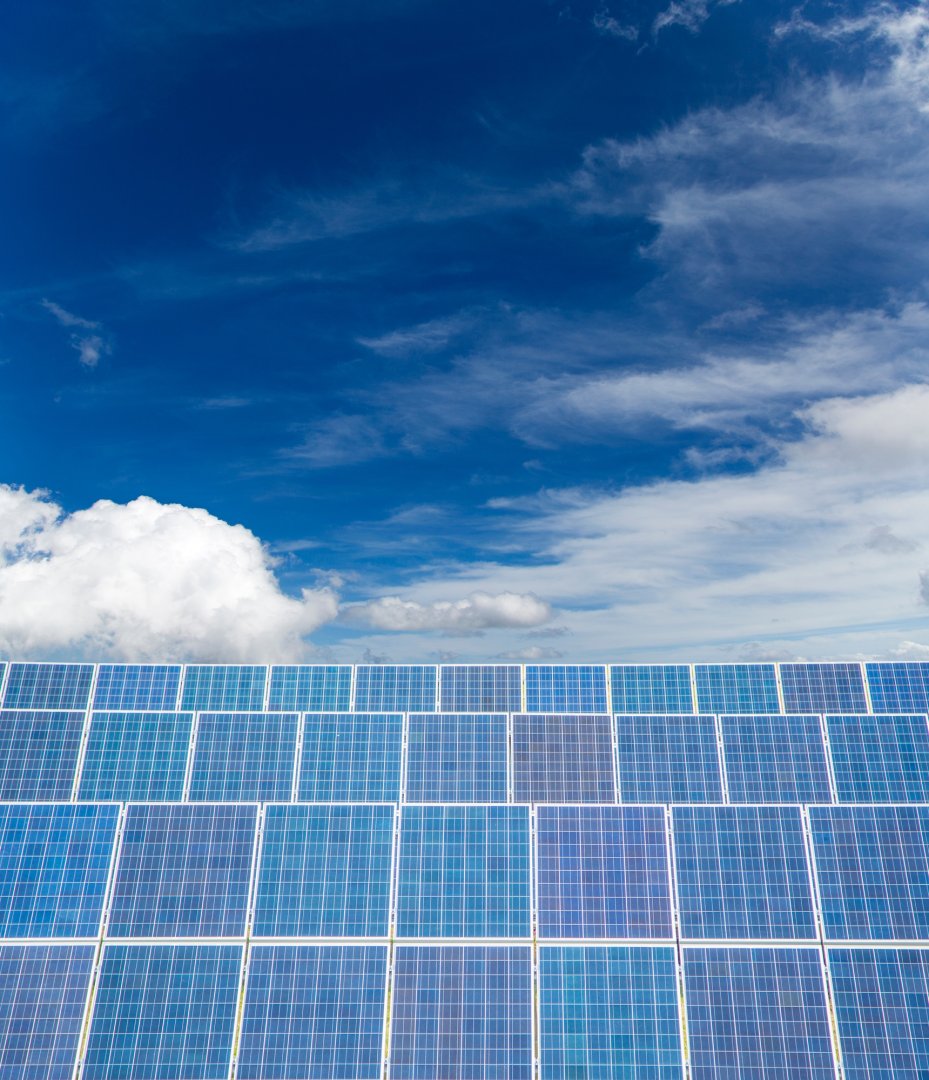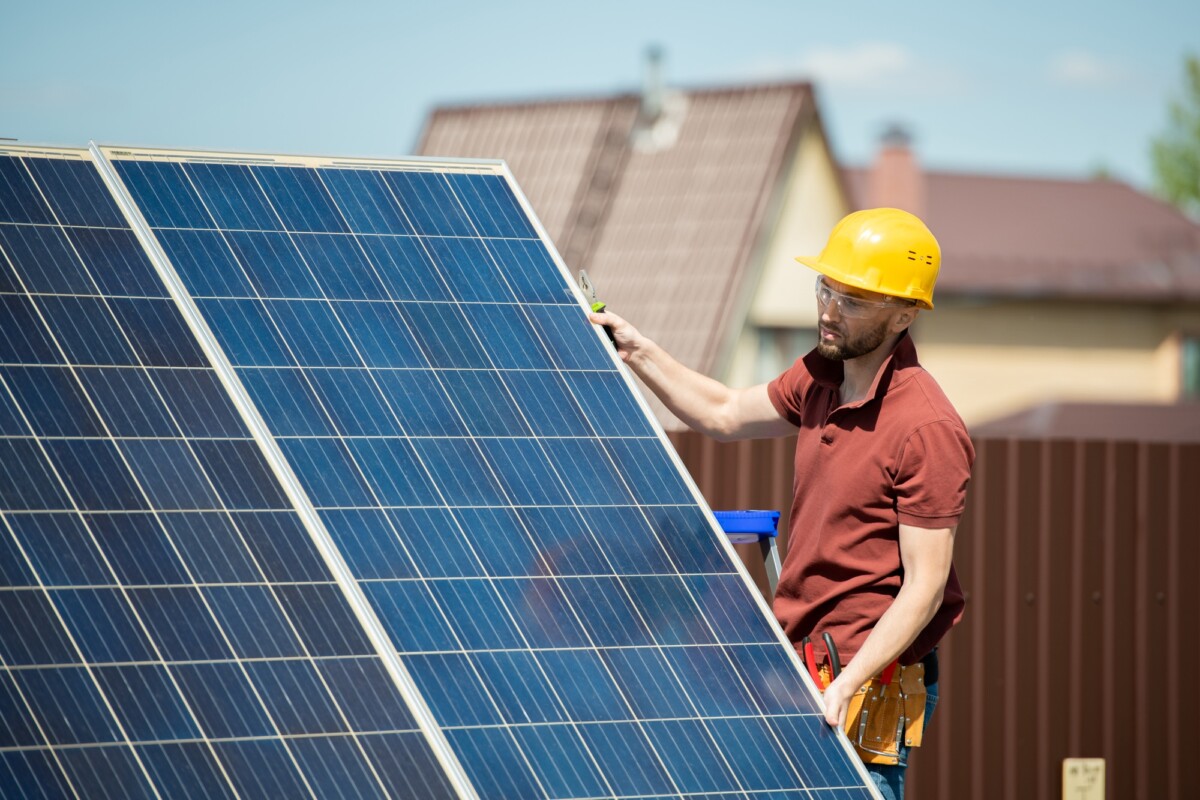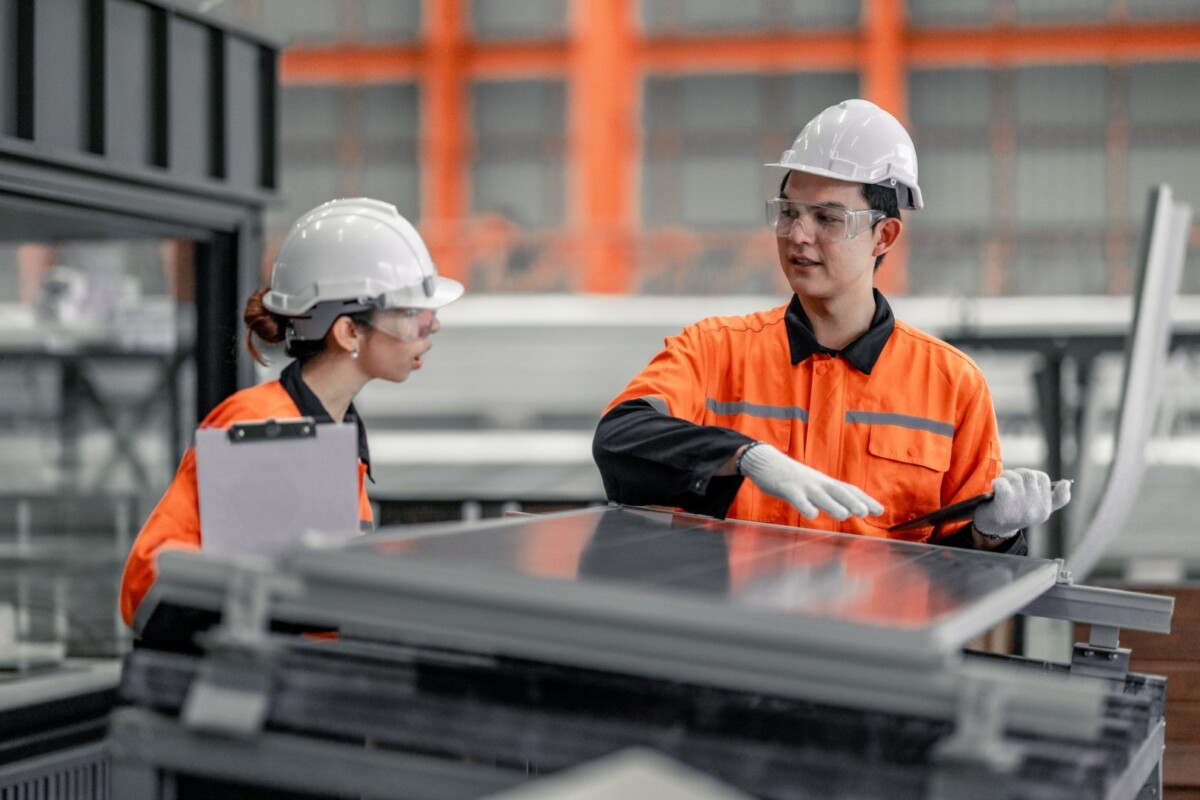Solar panel setup for camper life is not just a trend, it is a lifestyle upgrade for travelers seeking freedom, sustainability, and reliable power anywhere on the road. From seasoned RVers to first-time van dwellers, more and more people are turning to solar panel systems to provide clean energy for their camper setups. Whether parked at a national forest or exploring a remote desert trail, solar energy offers an efficient and quiet alternative to noisy generators and limited campground hookups.
Modern solar technology allows you to create a fully independent camper experience, with solar panels supplying energy to charge your batteries, run essential appliances, and keep your devices topped up. With a proper solar panel setup, your camper becomes a mobile home powered entirely by sunlight, reducing reliance on fossil fuels and increasing access to remote camping locations without sacrificing comfort.
Why Choose Solar Power for Your Camper
There are several reasons why a solar panel setup is ideal for campers. First and foremost, it enables complete off grid living. You are no longer tied to RV parks or electrical hookups. This freedom allows you to camp in remote areas, also known as boondocking or dry camping, with confidence.
Solar power is silent and environmentally friendly. Unlike generators that require gasoline and emit noise and fumes, solar panels are clean and operate silently. You can rest peacefully at night without the constant hum of an engine.
Long-term savings are another major advantage. After the initial investment, solar power is free. Over time, solar setups save money compared to fuel costs and campground fees. They also extend battery life by maintaining optimal charge levels.
Finally, solar panel systems require very little maintenance. As long as the panels are clean and unobstructed, they continue to generate electricity consistently for years.
Components of a Solar Panel Setup for Camper
A complete solar panel setup for camper typically includes the following core components:
-
Solar Panels – These are the energy collectors. Mounted on the roof or stored as portable units, they capture sunlight and convert it into electricity.
-
Charge Controller – This essential device regulates the power coming from the solar panels to prevent overcharging and protect your batteries.
-
Battery Bank – Solar power is stored in deep-cycle batteries for use during nighttime or cloudy conditions. Common options include AGM, gel, or lithium batteries.
-
Inverter – Converts stored DC (direct current) power into AC (alternating current) to run standard appliances like coffee makers, laptops, or microwaves.
-
Wiring and Mounting Hardware – Cables, connectors, fuses, and brackets are needed to safely install and connect your solar components.
Roof Mounted vs Portable Panels
When planning a solar panel setup, one of the first decisions is whether to use roof-mounted or portable panels.
Roof-Mounted Panels are ideal for full-time RVers and those who want a set-it-and-forget-it approach. Once installed, they begin collecting solar energy whenever the sun shines. This is a great solution for larger setups or those with predictable sun exposure.
Portable Panels offer flexibility and better sun tracking. You can park your camper in the shade while placing the panels in direct sunlight. These are great for part-time travelers or those who change camp locations often.
Both options work well, and many campers combine both for maximum energy collection.

Ready to make the switch? Discover how solar power can lower your bills and boost your home’s efficiency. Get a Free Solar Estimate at FREE SOLAR POWER QUOTES
Ideal Solar Panel Sizes for Campers
Your energy usage determines the number of watts needed in your camper solar system. A weekend camper with modest needs might require a 100-watt solar panel, while a full-time boondocker running a refrigerator, lights, fan, and electronics might need 400 watts or more.
Sample Solar Setup Comparisons
| Power Need | Suggested Solar Size | Battery Bank Size | Inverter Size |
|---|---|---|---|
| Minimal (LED lights, phone) | 100W | 100Ah | 300W |
| Moderate (lights, fan, laptop) | 200W | 200Ah | 600W |
| Heavy (fridge, TV, devices) | 400W–600W | 300–400Ah | 1000W–1500W |
Installation Tips for Solar Panel Setup
Proper installation is key to maximizing the efficiency of your solar panel setup. For roof-mounted systems, choose panels that fit well within your available roof space. Use waterproof entry points and cable glands to run wires inside safely.
Place the charge controller near your batteries to reduce voltage loss. Use appropriately sized wires to handle current loads and minimize resistance. Secure all components properly to prevent damage from vibrations while traveling.
If installing portable panels, ensure connectors are weatherproof and easy to connect and disconnect. Set up panels at an optimal angle facing the sun, adjusting as needed throughout the day.
Battery Selection and Capacity
Your solar power system is only as effective as your battery bank. Deep-cycle batteries designed for RV or solar use are necessary for storing solar power. Popular types include:
-
Flooded Lead-Acid – Budget friendly but require ventilation and maintenance
-
AGM – Maintenance free and more vibration resistant
-
Gel – Similar to AGM but less tolerant to rapid charging
-
Lithium Iron Phosphate (LiFePO4) – Lightweight, long-lasting, and high performance
Lithium batteries offer faster charging, deeper discharging, and better overall efficiency. Though more expensive upfront, they often pay off in the long run.
Charge Controller and Inverter Options
A MPPT (Maximum Power Point Tracking) charge controller is more efficient than PWM (Pulse Width Modulation) and is highly recommended for campers with higher wattage setups. MPPT controllers can deliver up to 30 percent more efficiency, especially in partial shading or during cloudy days.
Your inverter size should match the appliances you want to power. A 1000-watt inverter can run most basic electronics, while a 2000-watt inverter can handle microwaves and power tools.
Daily Energy Consumption Planning
Before designing your system, calculate your daily energy consumption. Add up the wattage and estimated usage hours of each device you plan to use daily. This helps size your solar panel system accurately.
For example:
-
LED lights: 10W x 5 hrs = 50Wh
-
Laptop: 60W x 3 hrs = 180Wh
-
12V Fridge: 45W x 24 hrs = 1080Wh
-
Fan: 30W x 5 hrs = 150Wh
Total: 1460Wh/day → You would need roughly 400 watts of solar and a 200Ah battery to cover this usage comfortably.
Benefits of Solar Panel Setup for Campers
-
Freedom from Hookups – Stay anywhere, anytime
-
Noise Free Power – Enjoy peaceful nature without a generator
-
Clean Renewable Energy – Environmentally responsible power source
-
Low Maintenance – Durable components with little upkeep
-
Battery Health – Prevents deep discharge and keeps batteries topped off
Maintenance and Troubleshooting
Solar panel systems require minimal maintenance. Keep panels clean from dust, debris, and snow. Inspect wiring connections periodically for corrosion or looseness. Use an inline fuse or circuit breaker to protect from short circuits.
If your system underperforms, check for shading, test battery voltage, and inspect the charge controller for error codes. Many systems include monitoring displays or Bluetooth apps for real-time tracking.
FAQs
1. What is the best solar panel setup for camper use?
The best setup combines monocrystalline panels, an MPPT charge controller, lithium batteries, and a pure sine wave inverter for optimal efficiency and longevity.
2. How many solar panels do I need for my camper?
For most users needing 1.5–2.0 kWh per day, a 400W solar array is sufficient. Adjust based on your daily usage and available sunlight.
3. Can I install a camper solar panel system myself?
Yes, many camper owners install their own systems. Just follow proper safety procedures and wiring diagrams. If unsure, consult a professional.
4. How long do camper solar panel setups last?
Panels typically last 20–25 years, while lithium batteries last 8–10 years. Charge controllers and inverters may need replacement every 5–10 years.
5. Will solar power run my camper AC unit?
Not usually. AC units require high wattage. To run an air conditioner, you’d need a large battery bank and solar array or use a generator.
Conclusion
A solar panel setup for camper is more than an energy source, it is a gateway to adventure. With quiet, clean, and renewable energy on board, you gain the freedom to travel without limits, stay longer in beautiful remote locations, and live sustainably on your own terms. Whether you choose a small portable panel or a full rooftop array, the benefits of solar make it one of the smartest upgrades you can make for your camper lifestyle.
Join the solar movement today! Thousands are already saving—claim your free consultation to get started. Schedule Your Free Consultation at FREE SOLAR POWER QUOTES
Interested in more options? Take a look at SOLAR ENERGY for tailored solar solutions that suit your home!





